Description
aken from our Year 1 Literacy Resources File
Includes lesson plans and differentiated resources
1- The Enormous Turnip
LO: Listen to the story on tape and recall the events in order. • Understand about traditional stories and the oral tradition. • Contribute to dramatisation of the story
2- The Enormous Turnip
LO:To be able to distinguish similarities and differences in different versions of the story. • To be able to suggest phrases and sentences to retell the story
3 The Anansi stories
LO: To discuss the appearance, behaviour, characteristics and goals of characters. • To take part in acting scenes from the story in character, using expression and a clear voice
4 Anansi and boastful bullfrog
LO: To be able to discuss the appearance, behaviour, characteristics and goals of a character. • To be able to write two or more sentences about Anansi
5 The Gingerbread Man
LO: To be able to read with support and join in key phrases appropriately. • To be able to identify the main events in the story and put them in chronological order.
6 The Gingerbread Man – audio version
LO: To discuss different versions of the same story. • To discuss differences between audio and written versions of a story.
7 The Gingerbread Man – the play
LO: To recognise differences between playscripts and story texts and the reasons for them. • To read a playscript with appropriate expression
8 The Gingerbread Man – my story
• To be able to plan a story. • To be able to write some sentences independently, using story language and phonic strategies
This Unit covers ‘Traditional and fairy stories’. Before you start the lessons below, it is suggested you take 15–30 minutes each day for four or five days to read other traditional stories, including some from different cultures, to enrich the children’s experience of the genre. You could conclude these stories by asking some of the following questions: Who was the story about? Where did it take place? How did it start? What happened in the middle of the story? How did it end? What do you think the most important event was? You should also set out a display of appropriate books and tapes that the children may look at, listen to, read to themselves or borrow to share at home.
Leave a review

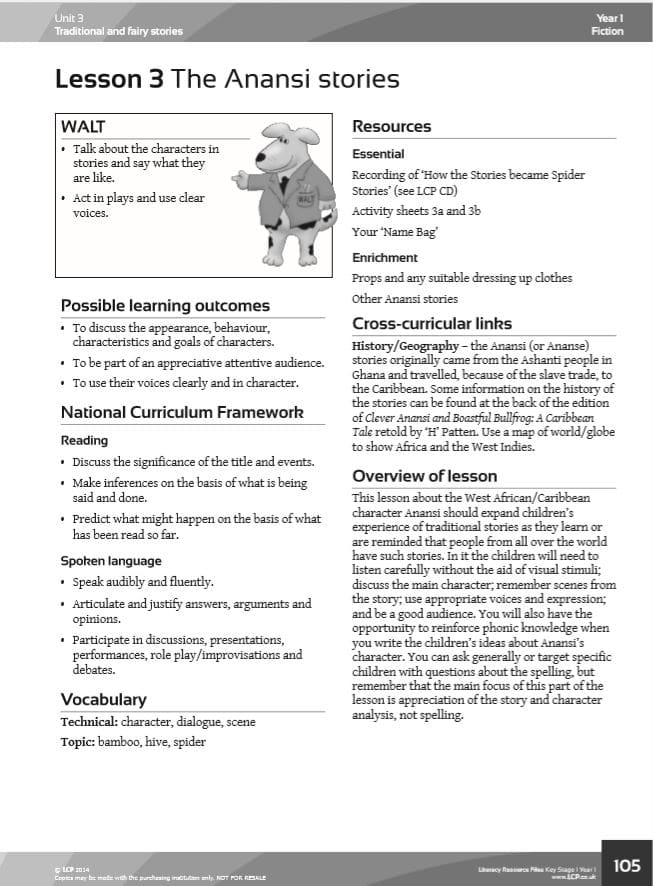
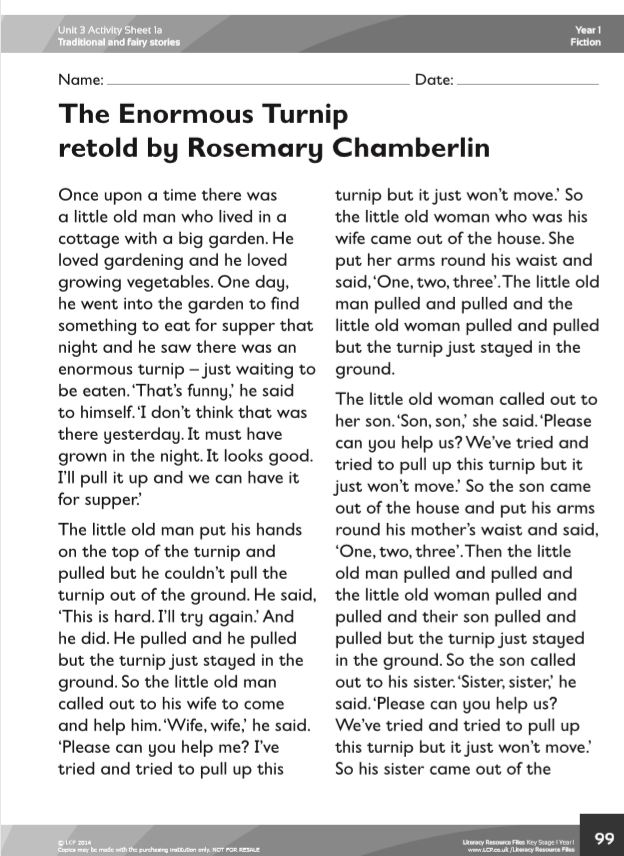
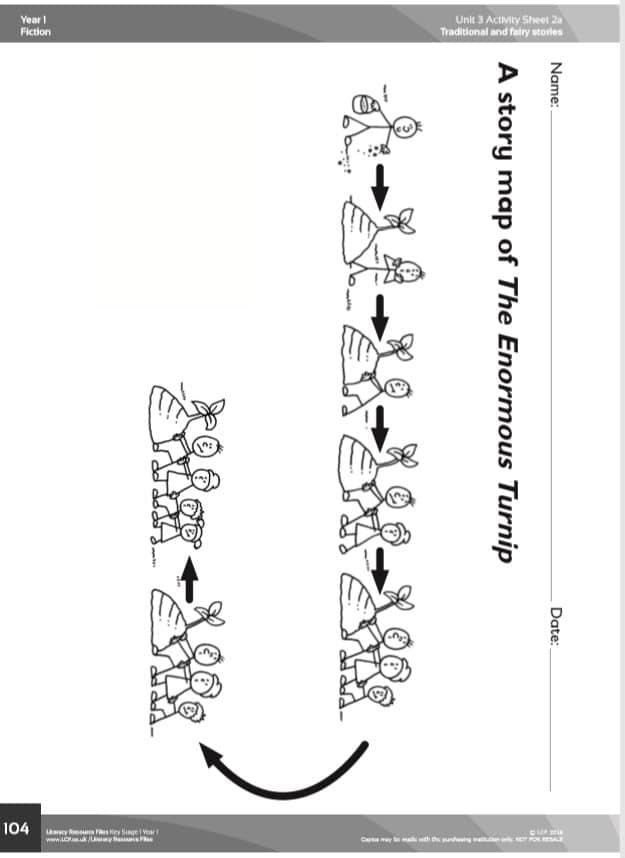
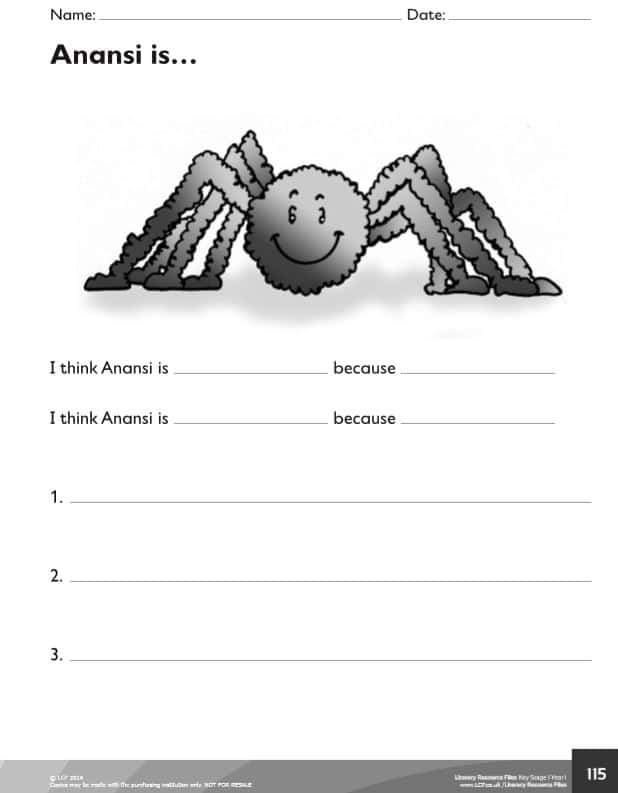
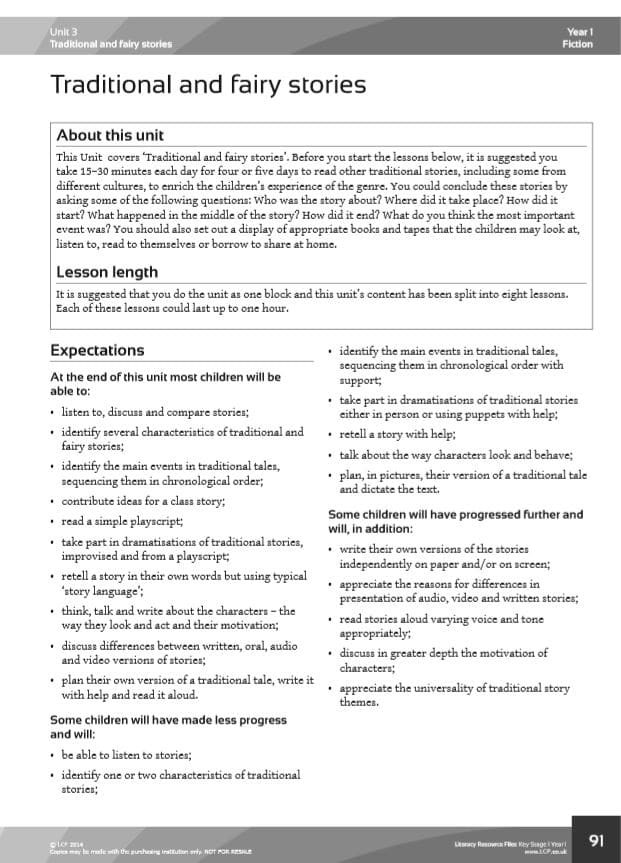
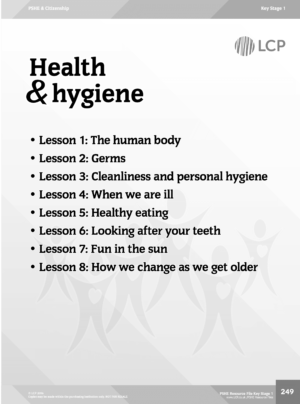
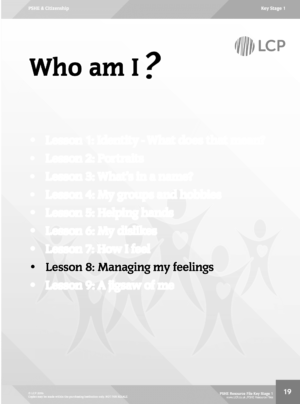
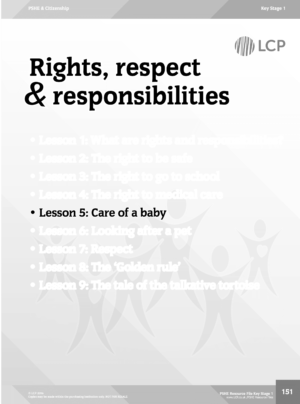
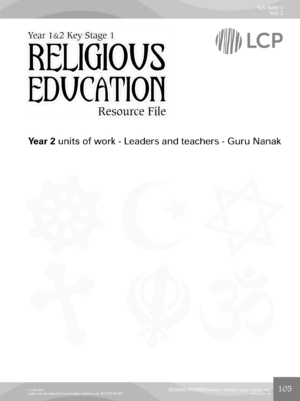
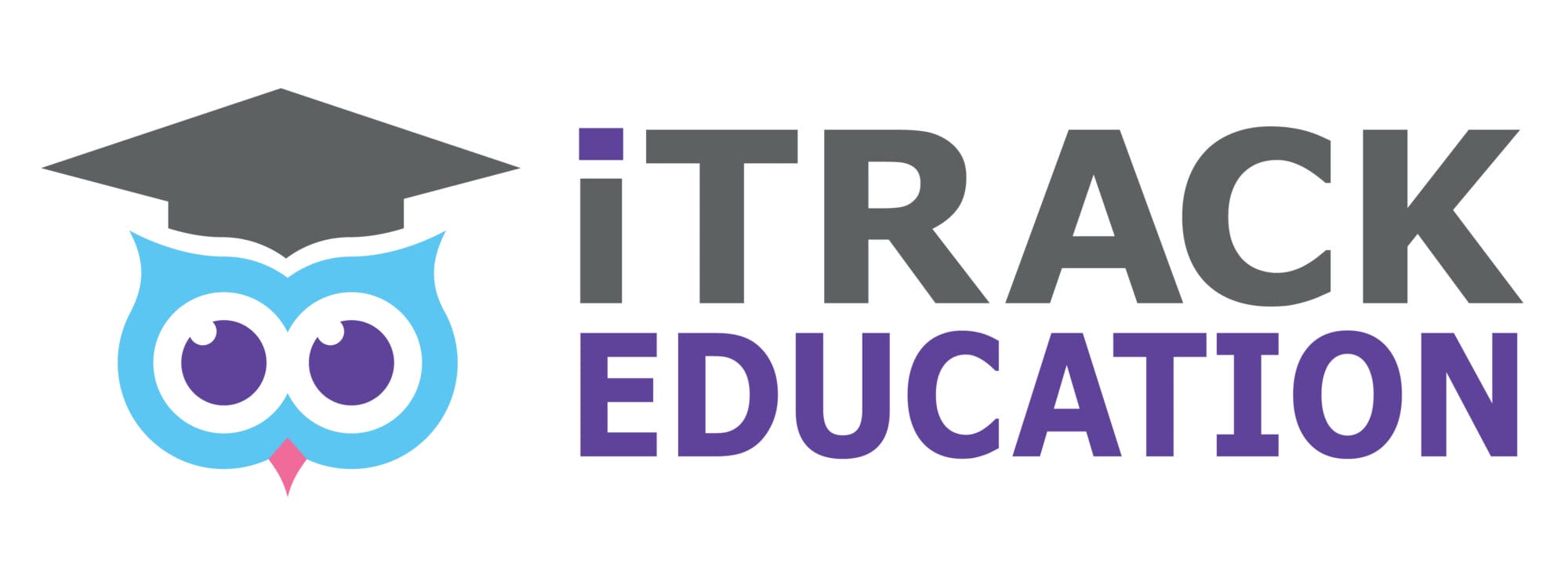
Reviews
There are no reviews yet.